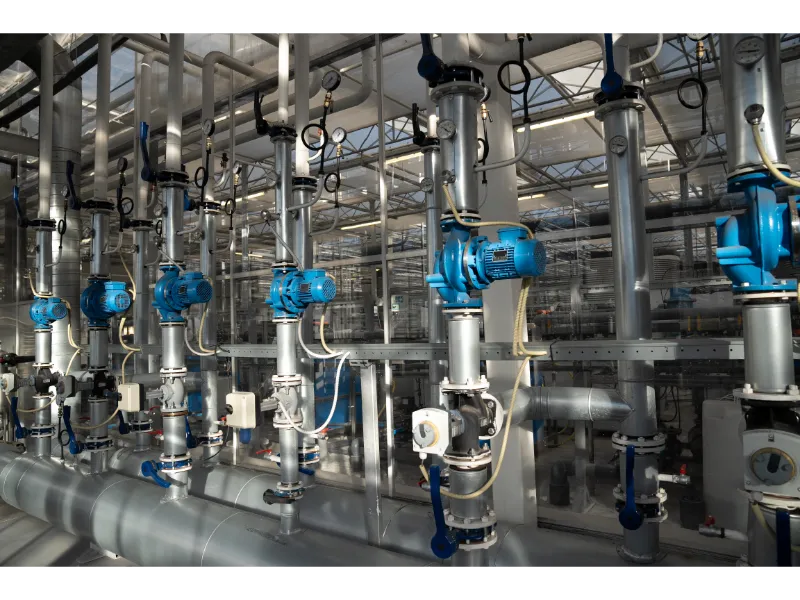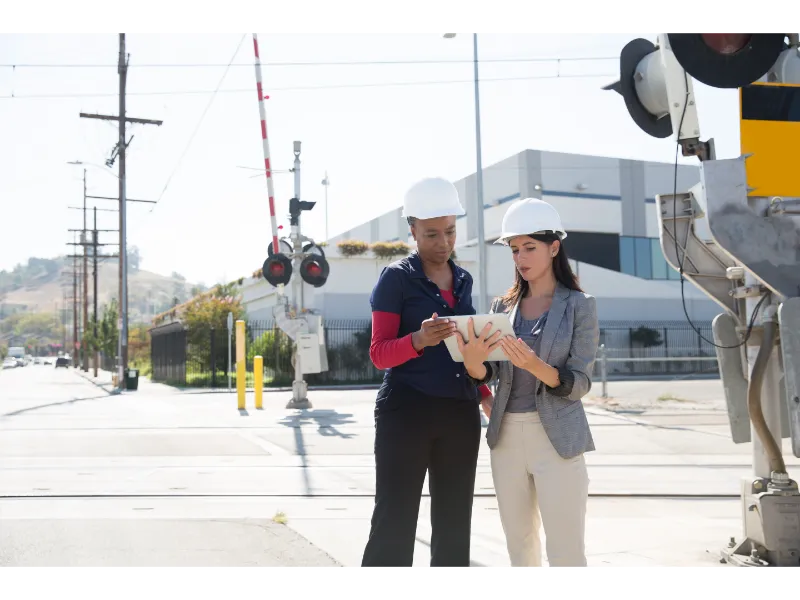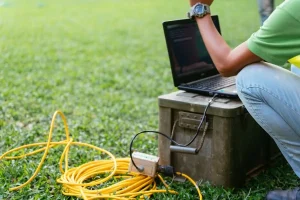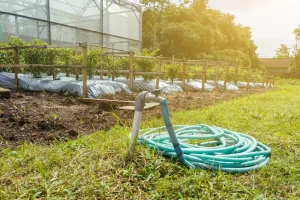Smart irrigation technologies are innovative systems developed to increase productivity in agriculture. These systems analyze data such as soil moisture and weather conditions. Therefore, water requirements are accurately determined and irrigation is automated. This saves both water and energy. In addition, plant health is protected and product quality is improved. Therefore, production costs decrease while productivity increases. In this case, farmers’ profits are also positively affected. Furthermore, the systems can be controlled remotely and provide real-time data. This reduces human error and makes the process safer. Moreover, agriculture becomes more resilient to climate change. This contributes to sustainability goals. In this way, natural resources are used more efficiently. Furthermore, sensors and automation systems operate with high precision. This ensures that the right amount of water is delivered to the required area.
Table of Contents
- How Does a Smart Irrigation System Work?
- What Are the Components of a Smart Irrigation System?
- Sensor Solutions
- Benefits of Smart Irrigation Systems
- Contributing to Sustainable Agriculture
- Conclusion
- Frequently Asked Questions
How Does a Smart Irrigation System Work?
The smart irrigation system is a structure that works in an integrated manner with sensor and automation technologies. Therefore, the system continuously analyzes data such as soil moisture and weather conditions. In this case, the plant’s water needs are determined most accurately. Additionally, the irrigation process is only initiated when needed. This prevents water waste and conserves resources. Furthermore, sensors instantly measure the moisture level under the soil. Therefore, the system automatically prevents unnecessary watering. This protects the health of the plant roots. Furthermore, irrigation planning can be done using weather data. Therefore, the system is activated taking rainfall conditions into account. This maximizes the benefit from natural rainfall. Additionally, the system can be controlled via smartphone and computer. This enables remote access and data tracking. This saves the user time and labor.

What Are the Components of a Smart Irrigation System?
Smart irrigation systems function through the coordinated operation of various technological components. Therefore, sensors form the basis of the system. Additionally, sensors that detect soil moisture and environmental conditions are crucial. This allows irrigation to be tailored to the plant’s actual needs. Furthermore, control units act as the brain of the system. They process data from sensors and make decisions accordingly. In this case, watering durations and schedules are automatically adjusted. Valves are components that control water flow. This ensures water delivery at the right time. Pump systems also play an active role in water distribution. This enables watering at sufficient pressure. Furthermore, weather stations analyze external conditions. This allows natural factors such as rainfall to be taken into account. Additionally, fertilizer tanks are also integrated into some systems.

Sensor Solutions
Sensor solutions play an important role in agriculture and irrigation technologies. Therefore, sensors measure environmental data in real time. In addition, soil moisture sensors determine the amount of water the plant needs. This way, only the necessary amount of watering is done. Furthermore, temperature sensors monitor weather conditions. In this case, precautions can be taken against excessive heat. Moreover, rain sensors stop irrigation when precipitation is detected. This saves water. Light sensors monitor ideal conditions for photosynthesis. This supports efficient growth. Wind sensors determine whether irrigation will be effective. This prevents water from dispersing. Furthermore, multi-sensor systems work together to increase efficiency. This improves the accuracy of the system. Additionally, wireless sensors provide remote access.

Benefits of Smart Irrigation Systems
Smart irrigation systems offer significant advantages in terms of agricultural productivity. Therefore, only the amount of water needed by the plants is used. In addition, unnecessary water consumption is prevented, thus conserving resources. This provides both an environmentally friendly and economical solution. Furthermore, energy usage is also optimized. As a result, farmers’ costs are reduced. This increases sustainability in production. Additionally, soil health is preserved, reducing the risk of erosion. This creates a healthier agricultural environment. Furthermore, real-time data is obtained through sensors. This allows for more accurate irrigation decisions. Additionally, the systems can be controlled remotely. This reduces the need for labor. Early measures are also taken against diseases and pests. This improves product quality. Adaptation to climate change is also achieved. This reduces climate risks.

Contributing to Sustainable Agriculture
Sustainable agriculture is possible through the balanced use of natural resources. Therefore, smart irrigation systems are of great importance. In addition, water consumption is planned according to need. This prevents waste and protects water resources. Furthermore, carbon emissions are reduced by increasing energy efficiency. In this case, agricultural production causes less damage to the environment. In addition, the soil structure is preserved without being damaged. Therefore, agricultural areas remain sustainable. Furthermore, plant growth is maintained in a balanced manner. In this case, productivity increases steadily. In addition, chemical use decreases. This way, environmental damage is minimized. Furthermore, production becomes more controlled. For this reason, resource management is optimized. In addition, agricultural waste decreases. In this case, the natural cycle is supported. Furthermore, food security improves by encouraging local production.

Conclusion
Smart farming applications are rapidly becoming widespread today. Therefore, the question “What are Smart Irrigation Technologies and Systems?” is frequently asked. Furthermore, these systems play a critical role in the efficient use of water resources. This enables environmentally friendly production processes. Furthermore, significant increases in agricultural productivity are being achieved. In this way, sustainable agricultural practices are gaining strength. Farmers also gain advantages in terms of both cost and labor. For this reason, irrigation solutions supported by technological infrastructure are coming to the fore. The answer to the question “What are Smart Irrigation Technologies and Systems?” is also shaping the future of agriculture. Moreover, these systems are becoming indispensable for taking measures against climate change. In this context, the necessity of digital agriculture is becoming clearer. Therefore, correctly understanding and implementing the answer to the question “What are Smart Irrigation Technologies and Systems?” is of great importance.
Frequently Asked Questions
How does a smart irrigation system work? Smart irrigation systems analyze soil and air data through sensors and provide water accordingly.
Do these systems require manual intervention? No, the system operates automatically but also offers the option of remote control intervention.
Which sensors are used? Soil moisture, temperature, rain, and light sensors are the most commonly used.
What is the preferred energy source? They usually run on electricity, but solar-powered models are also available.
What are the components of smart irrigation systems? The main components are the control unit, sensors, valves, and data transmission units.
For which plants is the system suitable? It is suitable for fields, greenhouses, lawns, and landscape plants.
Does it save water? Yes, it provides significant savings because water is only supplied when needed.
Can I control the system with my cell phone? Yes, most systems can be controlled remotely with mobile apps.
How do these systems support sustainable agriculture? They contribute to environmentally friendly production processes by preventing water waste.
Is installing a smart irrigation system difficult? Although installation requires expertise, it is extremely easy to use.








